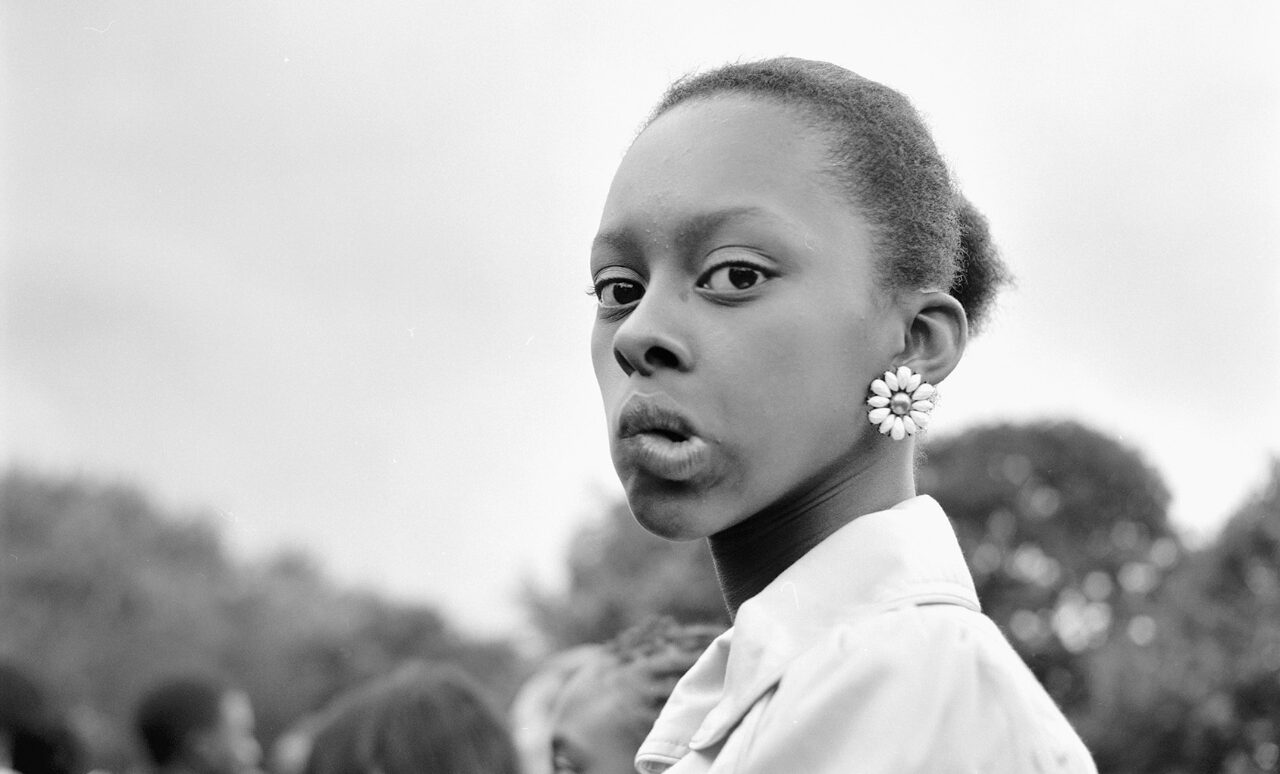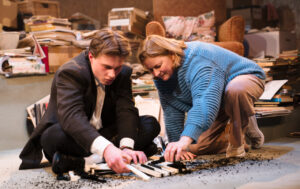As We Rise: Photography from the Black Atlantic at Saatchi Gallery

The Black experience is, all too often, portrayed as a monolithic entity. This is overwhelmingly the product of a whitecentric media that has sought to demarcate Black people into restrictive, and inherently inequitable, classifications. But As We Rise: Photography from the Black Atlantic does a sublime job of dismantling this reductionism. Curated by Elliott Ramsey and set across four rooms in the Saatchi Gallery, the exhibition showcases works from the Wedge Collection, which was established by Toronto-based art collector Kenneth Montague as a means of uplifting Black artists. Featuring works from photographers across the US and Canada, South America, the UK, the Caribbean and Africa, As We Rise is a triumph. As Montague is quoted as saying in a room devoted to underrepresented artists across the African diaspora, “There are so many more stories to be told and so many more ways of thinking about being Black and the experiences that we, as Black folks, have a unique language and way of describing.”
The first room is dedicated to community, something that Liz Ikiriko writes is paramount in presenting the Black diaspora. Here, Black joy is celebrated through a collection of photographs depicting ordinary people in family and friendship-based scenarios. A selection of works by famed New York-based artist Jamel Shabazz shows working class youths in street and subway shots, spotlighting marginalised groups with candour and humanism. This room also features two works by Burkinabe photographer Sanlé Sory: Le Vendeur Sénégalais qui Fume and Belle du Jour. These black and white portraits – one of a trendy man with a cigarette grazing his lips and another of an enigmatic young woman staring into the camera – are stylistic in their simplicity, with the stark monochrome images serving as intense character profiles.
Thereafter, the rooms are dedicated to relationships, identity and power, and the exhibition excels in showcasing different styles of photography. For instance, digital prints are often lush and cinematic. In the relationships section, Hank Willis Thomas’s Jermaine & Logan depicts two Black men in a wooded scene; one looks on concerned, while the other stares into the camera, tears streaming down his face. It’s a poignant and moving scene, captured beautifully and crystallised in digital print.
The power section features subjects at rest, with Mickalene Thomas’s Afro Goddess with Hand Between Legs being one of the most commanding images in this section. Rest is itself an act of resistance, namely against a white hegemony that delegates Black people to roles of labour, protest or struggle, with little, if anything, in between. This is particularly true for Black women, who, as Zora Neale Hurston noted in her classic novel Their Eyes Were Watching God, are often assigned indefatigable superwoman roles (it’s fitting that Hurston is namechecked in the exhibition via Erika DeFreitas’s I Am Not Tragically Colored).
The penultimate room is a homage to self-fashioning identity. Again, there’s an emphasis on Black identity not being homogeneous – from Cameroonian artist Samuel Fosso’s 1970s self-portraiture challenging patriarchal gender norms to contemporary South African photographer Nontsikelelo Veleko’s street shots emphasising fashion and creative flair.
The layout is expansive, giving plenty of wall space to the works. Indeed, the space is used to its full advantage, particularly when it comes to giant, wall-sized recreations of some of the artworks, namely Shabazz’s iconic Flying High and Kwame Brathwaite’s mesmerising portrait of Sikolo Brathwaite.
A celebration of the differences of Black culture, the exhibition is just a small selection of the breadth of talent and vibrancy across the African diaspora, and it shines in allowing both the photographers and their respective subjects to speak their own truth. All too often, works depicting Black subjects are centred on civil rights and hardship, usually through the fetishised lens of a white photographer. In this exhibition, we instead have representations of dance, music, fashion, humour, friendships and love. As We Rise: Photography from the Black Atlantic is a monumental archival tribute to the cultures and stories so often pushed to the fringes.
Antonia Georgiou
Image: Courtesy of Liz Johnson Artur
As We Rise: Photography from the Black Atlantic is at Saatchi Gallery from 5th November 2024 until 20th January 2025. For further information or to book visit the exhibition’s website here.

























Facebook
Twitter
Instagram
YouTube
RSS